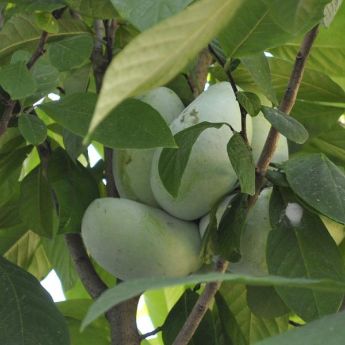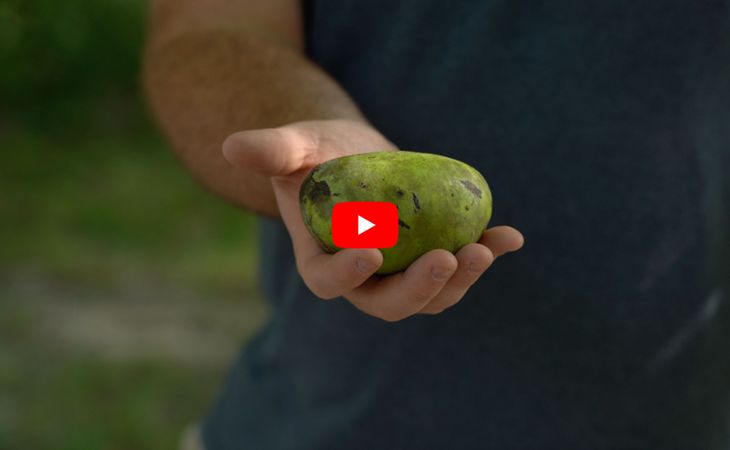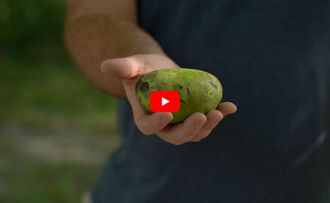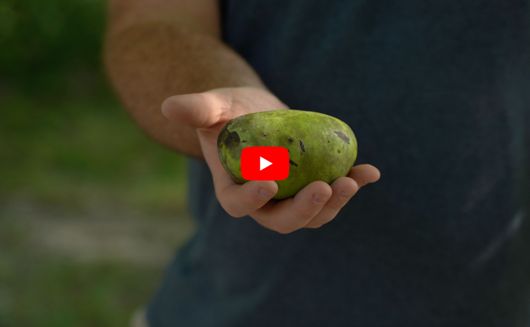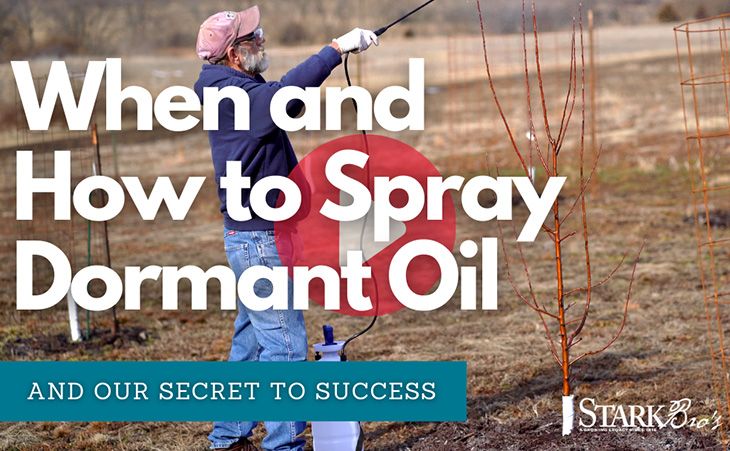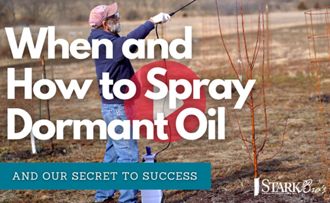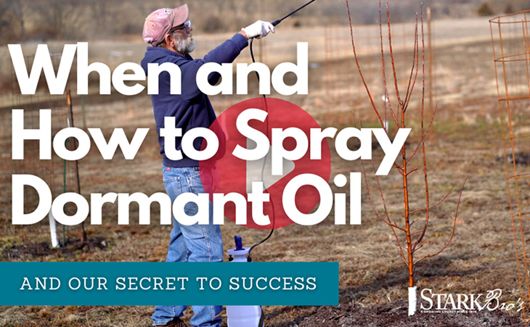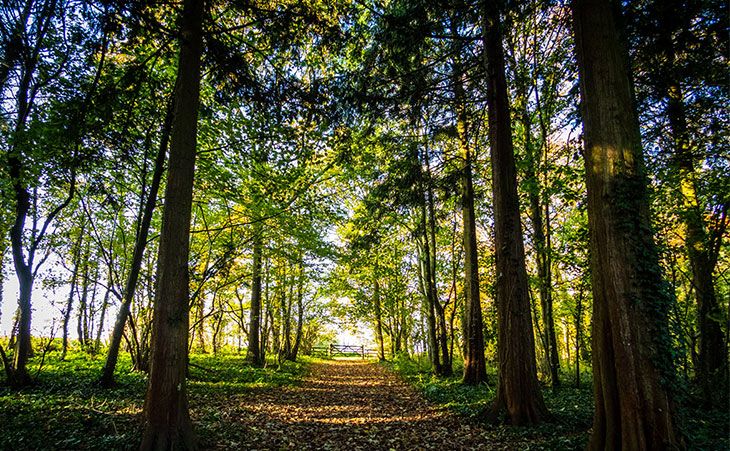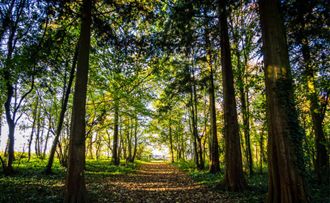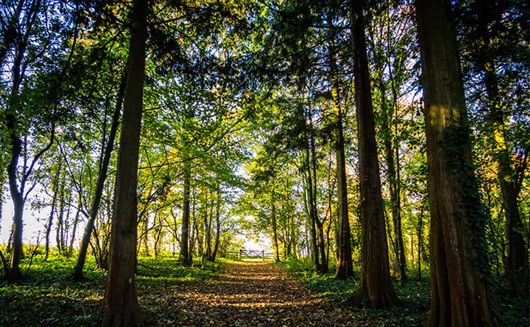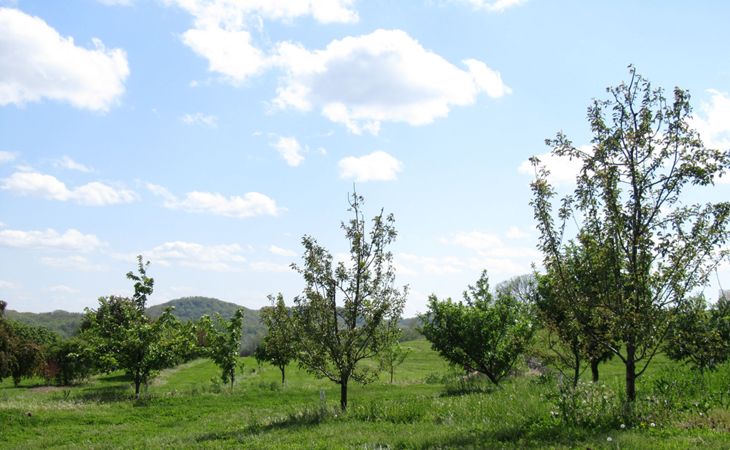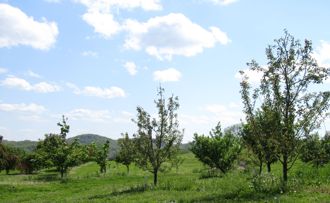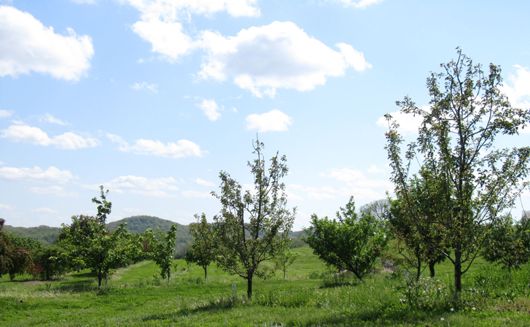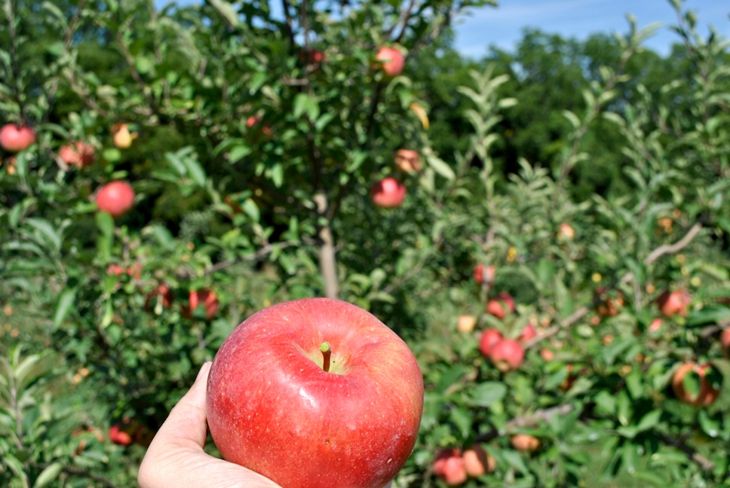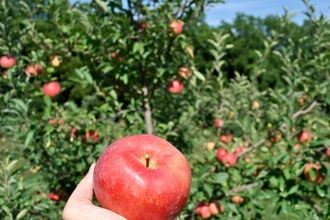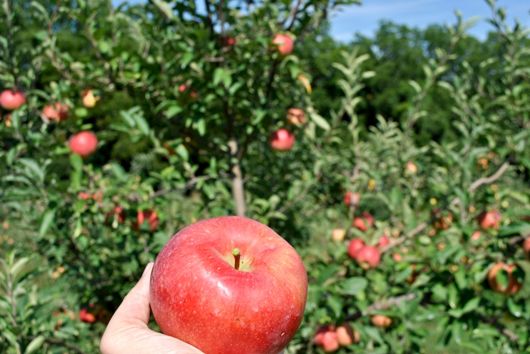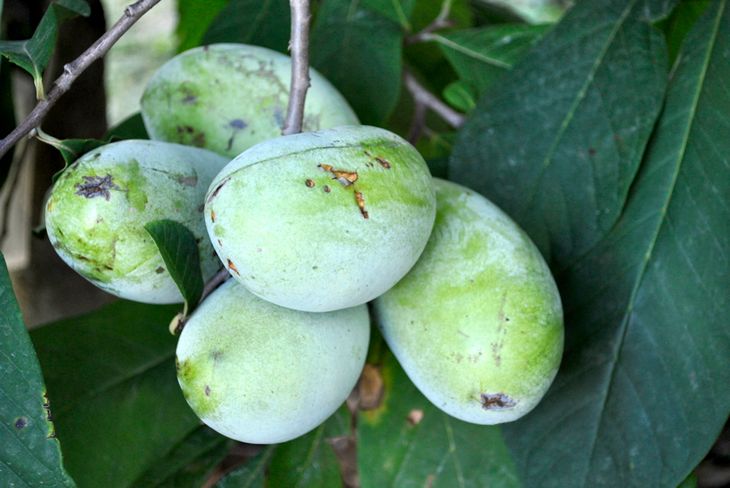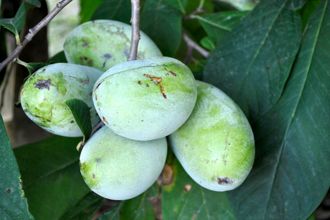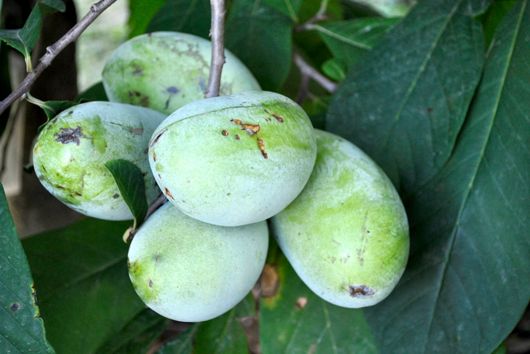Pawpaw Trees
Pawpaw Trees Buyer's Guide
Also known as the Indiana banana, American custard apple, banango, and paw paw tree, the Pawpaw Tree (Asimina triloba) is a native North American fruit tree that produces tropical-like fruit with flavors reminiscent of vanilla, banana, and mango. Despite its native status, pawpaw fruit remains rare in markets due to its short shelf life and the challenge of transplanting pawpaw tree seedlings.
Pawpaw trees thrive in the eastern and Midwest regions of the United States, where they grow naturally in woodland areas. Their large, lush green foliage serves as the sole food source for the Zebra Swallowtail Caterpillar, attracting these beautiful butterflies to the landscape. At the same time, deer tend to avoid pawpaw tree leaves, making them a great choice for gardens in deer-prone areas.
For successful planting, look for container-grown pawpaw trees, such as those in Stark® EZ Start® pots, which provide a larger root mass and improve transplant success.
Choosing the Right Pawpaw Tree
Zone Compatibility
Your climate plays an important role in whether a pawpaw tree will produce fruit or even survive. Pawpaw trees grow best in USDA hardiness zones 4-8, which covers most of the United States. Before purchasing, check that your area falls within this range to ensure the best growing conditions for pawpaw trees.
Proper Pollination
Pawpaw trees require cross-pollination for fruit production. If a second pawpaw tree variety is not present, the trees may produce little to no fruit. Plant at least two different pawpaw tree varieties to encourage successful pollination and high fruit yields.
Mature Tree Size
Selecting the right pawpaw tree size is important for long-term growth. When fully mature, our pawpaw trees reach 15-25 feet tall and wide, making them ideal for home orchards, food forests, and edible landscaping.
Why Grow Pawpaw Trees?
- Produces nutrient-rich fruit with a creamy, tropical flavor
- Cold-hardy and native to the U.S. – Thrives in zones 4-8
- Attracts beneficial pollinators, including the Zebra Swallowtail Butterfly
- Naturally deer-resistant, reducing browsing damage
- Perfect for home gardeners, as pawpaw fruit is rarely available in stores
Whether you’re growing pawpaw trees for fruit production, wildlife attraction, or landscape beauty, they are a low-maintenance, unique, and rewarding choice for any garden!
Products
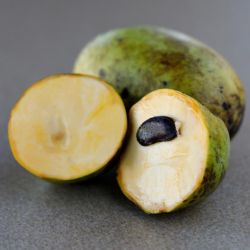 Out of Stock
KSU Chappell Pawpaw
Out of Stock
KSU Chappell Pawpaw
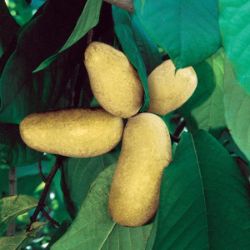 Out of Stock
Mango Pawpaw
Out of Stock
Mango Pawpaw
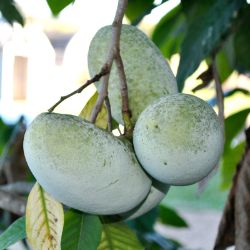 Out of Stock
NC-1 Pawpaw
$117.99
Out of Stock
NC-1 Pawpaw
$117.99
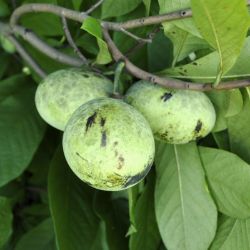 Out of Stock
Pennsylvania Golden Pawpaw
Starting at $65.99
Out of Stock
Pennsylvania Golden Pawpaw
Starting at $65.99
 Out of Stock
Perfect Pawpaw Tree Collection
$131.98
Out of Stock
Perfect Pawpaw Tree Collection
$131.98
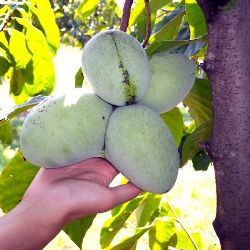 Out of Stock
Potomac® Pawpaw
$65.99
Out of Stock
Potomac® Pawpaw
$65.99
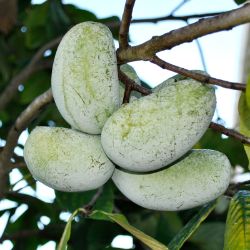 Out of Stock
Prolific Pawpaw
Starting at $65.99
Out of Stock
Prolific Pawpaw
Starting at $65.99
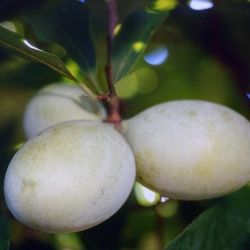 Out of Stock
Rappahannock® Pawpaw
$65.99
Out of Stock
Rappahannock® Pawpaw
$65.99
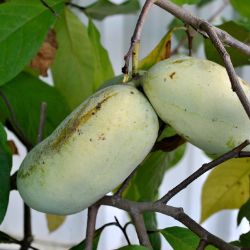 Out of Stock
SAA Overleese Pawpaw
Starting at $65.99
Out of Stock
SAA Overleese Pawpaw
Starting at $65.99
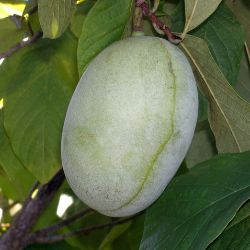 Out of Stock
Shenandoah™ Pawpaw
$65.99
Out of Stock
Shenandoah™ Pawpaw
$65.99
 Out of Stock
Sunflower Pawpaw
Starting at $65.99
Out of Stock
Sunflower Pawpaw
Starting at $65.99
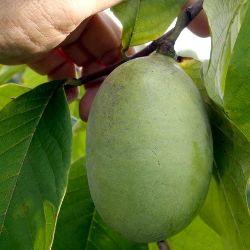 Out of Stock
Susquehanna® Pawpaw
Out of Stock
Susquehanna® Pawpaw
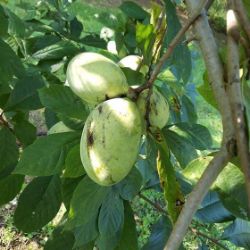 Out of Stock
Tallahatchie® Pawpaw
$65.99
Out of Stock
Tallahatchie® Pawpaw
$65.99
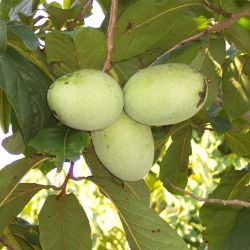 Out of Stock
Wabash® Pawpaw
$65.99
Out of Stock
Wabash® Pawpaw
$65.99
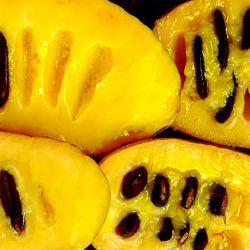 Out of Stock
Wells Pawpaw
$69.99
Out of Stock
Wells Pawpaw
$69.99

